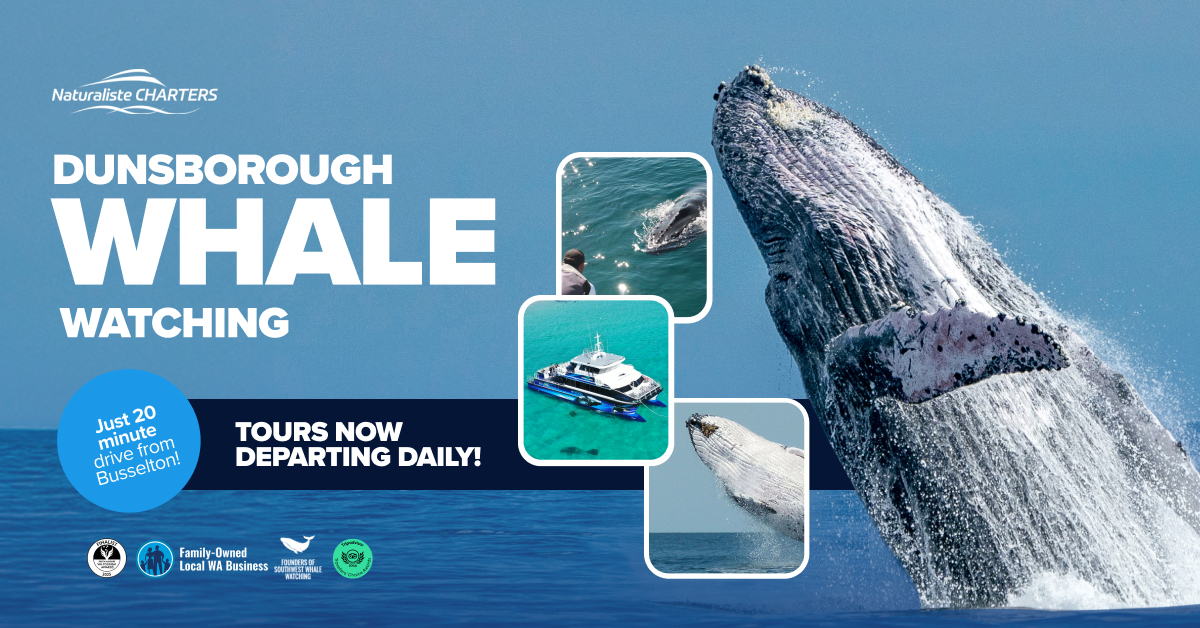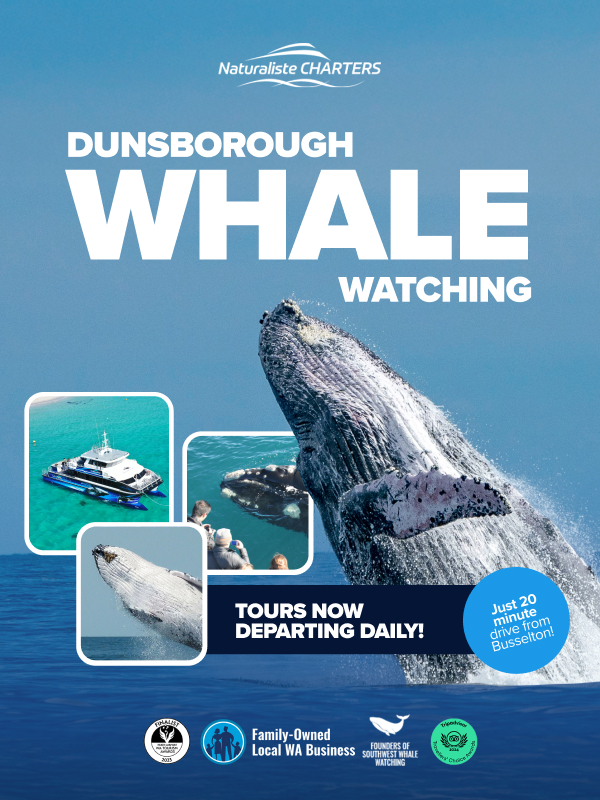Naturaliste Charters Whale Blogs
What Really Happens on an Orca Expedition
Published on November 23, 2025Killer whale encounters Bremer BayThe waters off the south coast of Western Australia hold one of the world’s most impressive concentrations of orca. For travellers wanting to understand what happens during a full-day expedition, few experiences compare with killer whale encounters Bremer Bay. Naturaliste Charters has guided guests through the Bremer Canyon for many years, […]
Read moreWhy This Canyon Is Australia’s Killer Whale Capital
Published on November 21, 2025Bremer Bay orca season The Bremer Bay orca season attracts visitors, scientists and wildlife photographers from across the globe. Every summer, the wild southern coastline of Western Australia becomes a powerful gathering place for orca. Charters has explored this region for more than a decade, offering unmatched access to the deep offshore world of the Bremer […]
Read moreA Hatch-Blowing Dunsborough Season!
Published on November 15, 2025Blue Giants and Humpback HighlightsThe 2025 Dunsborough whale watching season has been one of the most exhilarating years we have experienced in Geographe Bay. Across the entire spring migration, our crew aboard the Alison Maree recorded numerous sightings of Pygmy Blue Whales, a species that never fails to stop guests in their tracks. Their appearance rate […]
Read moreThe Whale & Climate Connection
Published on November 14, 2025The Deep Connection Between the Ocean’s Giants and a Changing PlanetWhen we picture whales, we often imagine them breaching through turquoise seas or gliding along vast coastlines, but not about the whales and climate connection. Yet there is a far greater story beneath the surface — one that links whales to the very stability of […]
Read moreBremer Bay Orca Tours: Where Science Meets Adventure
Published on November 10, 2025Along the wild south coast of Western Australia lies a place few ever forget — Bremer Bay. Between December and April, this remote town transforms into one of the planet’s most extraordinary marine theatres. Here, hundreds of orcas, or killer whales, gather to feed, socialise, and thrive. Join Naturaliste Charters on our Bremer Canyon Killer […]
Read more

